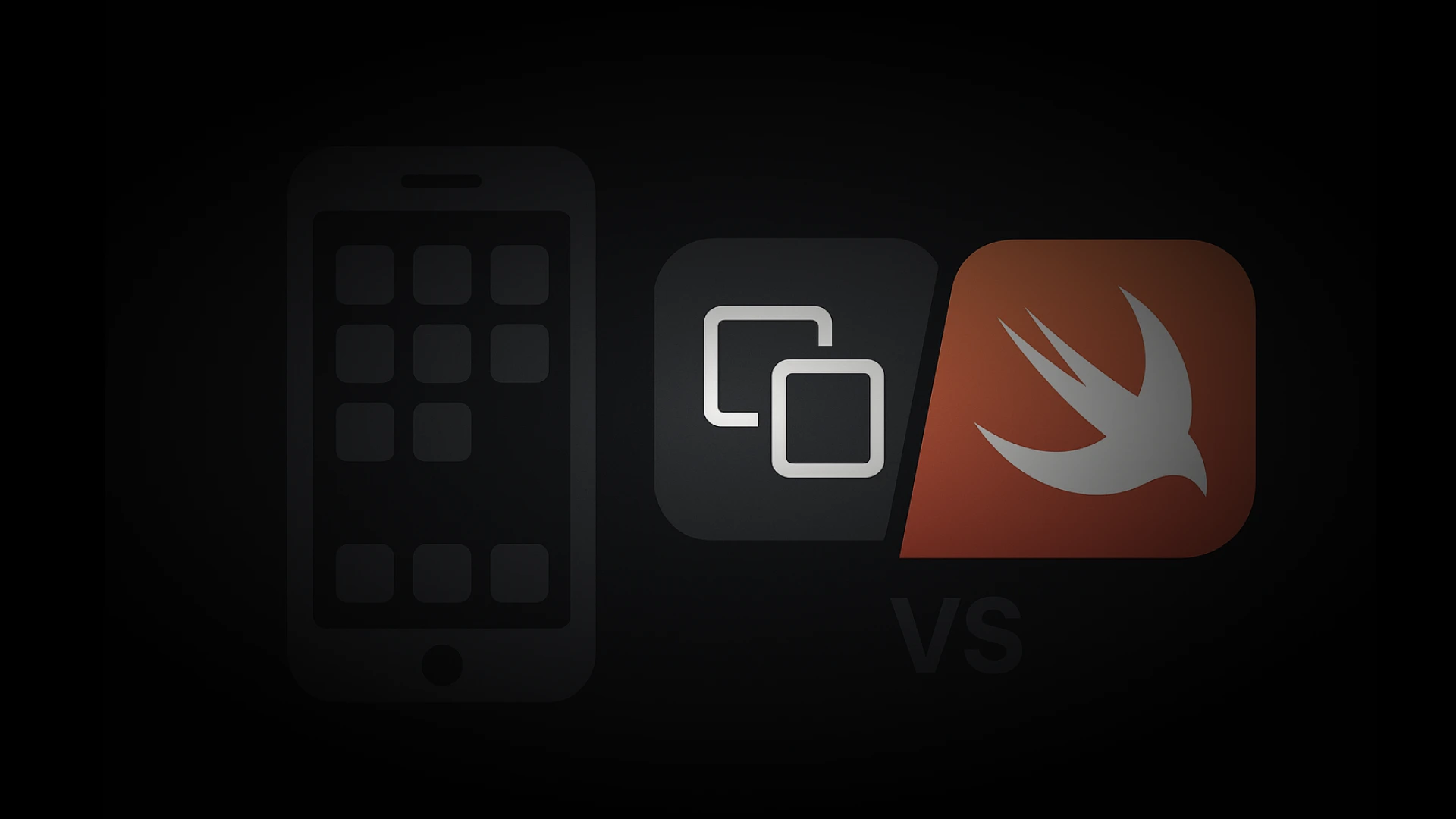Swift remains the best language for iOS development in 2025 due to its performance, native integration, safety features, and continued backing by Apple. However, the “best” depends on your project goals, team expertise, and tech stack preferences. Let’s explore why Swift still leads the pack—and when alternatives might make sense.
Expert Analysis: Why Swift Continues to Dominate iOS Development
As a mobile architect with over a decade of hands-on iOS development experience—including Objective-C transitions, Swift 1.0 beta days, and production-level deployments—I've witnessed firsthand how Swift evolved from a promising new language into the industry gold standard. Here’s why Swift remains the best choice for iOS development in 2025, backed by real-world usage and trends.
1. Native Performance + Apple Ecosystem Synergy
Swift is purpose-built for Apple platforms. It compiles down to native ARM code using LLVM, resulting in blazing-fast performance. Whether you're building enterprise-grade apps or consumer-facing experiences, Swift outperforms most cross-platform alternatives in terms of:
-
App launch times
-
CPU/memory efficiency
Animation fluidity
Battery optimization
Add to that deep integration with Apple’s APIs, such as SwiftUI, Combine, and ARKit, and you get seamless support for the latest iOS, iPadOS, and watchOS features—often months before cross-platform tools catch up.
2. Modern Syntax + Developer Productivity
Swift’s syntax is clean, expressive, and type-safe, making code easier to read, write, and maintain. Features like:
-
Optionals and strong typing
-
Protocol-oriented programming
SwiftUI’s declarative UI framework
Structured concurrency with async/await
This will help teams build robust apps faster with fewer bugs. Compared to Objective-C or hybrid tools, Swift development feels modern and intuitive—perfect for teams aiming for agile, scalable iOS codebases.
3. SwiftUI Maturity in 2025
SwiftUI, Apple’s declarative UI framework, has matured significantly by 2025. With the introduction of SwiftUI 4.5, developers can now:
-
Create dynamic, cross-device UIs using a single codebase
-
Leverage enhanced animations, charts, and interactive transitions
-
Use powerful layout tools like Grid, ScrollViewReader, and @Environment
If your app targets iOS 15+, you can confidently go full-SwiftUI. It’s efficient, elegant, and developer-approved.
4. Backed by Apple’s Long-Term Vision
Apple’s WWDC 2025 made it crystal clear: Swift is not just alive—it’s thriving. New language features, compiler enhancements, and toolchain improvements (e.g., Swift Package Manager, Xcode Cloud CI/CD, and SwiftData ORM) reaffirm Apple’s commitment.
Unlike third-party frameworks that rely on community funding or corporate interests, Swift’s future is secure—directly tied to the evolution of Apple’s own platforms.
When Swift Might Not Be the Best Fit
While Swift is the best native option, it may not be ideal for every situation:
| Scenario | Consider Alternatives |
|---|---|
| Rapid MVP development across platforms | Teams already skilled in JavaScript or Dart |
| Teams already skilled in JavaScript or Dart | React Native, Flutter |
| Legacy Objective-C apps | Continue with Objective-C or slowly migrate |
| Non-Apple platforms in scope | Use Kotlin Multiplatform or Flutter |
That said, even cross-platform tools often integrate Swift modules for iOS-specific features—proving its foundational role in iOS ecosystems.
Real-World Example: Why We Still Choose Swift
At our IT company, we’ve built over 150 iOS apps since 2012—from healthcare to e-commerce to logistics. In 2024–2025, 100% of our iOS-native projects use Swift. Here’s Why:
“In our latest enterprise health app, Swift’s strong type safety and Combine framework helped us eliminate 40% of legacy bugs while improving app speed by 28%. Swift isn’t just the best iOS language—it’s the most strategic.”
Future Outlook: Is Swift Future-Proof?
Yes. Swift in 2025 is not only secure but evolving rapidly. The introduction of Swift 6.1 brings:
-
Improved static concurrency checks
-
Enhanced interoperability with C++ and Rust
-
Advanced macro support for compile-time optimizations
Swift is ready for the next 5–10 years of iOS innovation—including Apple Vision Pro and spatial computing.
Swift is still the best choice for iOS development in 2025,especially for projects targeting Apple’s ecosystem with high performance, security, and maintainability requirements. Its continued evolution, developer support, and tight integration with SwiftUI and Apple APIs make it an unmatched native development tool.
Call to Action: Let’s Build Your iOS App—The Right Way
Looking to build a next-gen iOS app in 2025? Whether you're a startup or an enterprise, our Swift specialists can bring your idea to life—with cutting-edge UI, clean architecture, and long-term scalability.
👉 Contact us for a free consultation: info@cypherox.com
People Also Ask (PAAs)
Is Swift still used in 2025?
Yes, Swift will be actively used in 2025 and continues to be Apple’s preferred language for all new iOS, macOS, watchOS, and tvOS development.
Is Swift better than Flutter for iOS?
For pure iOS apps, Swift offers better performance, tighter integration, and longer support than Flutter.
Can I still use Objective-C in 2025?
Yes, but it’s considered a legacy. Apple hasn’t deprecated it, but Swift is the clear future for modern apps.

